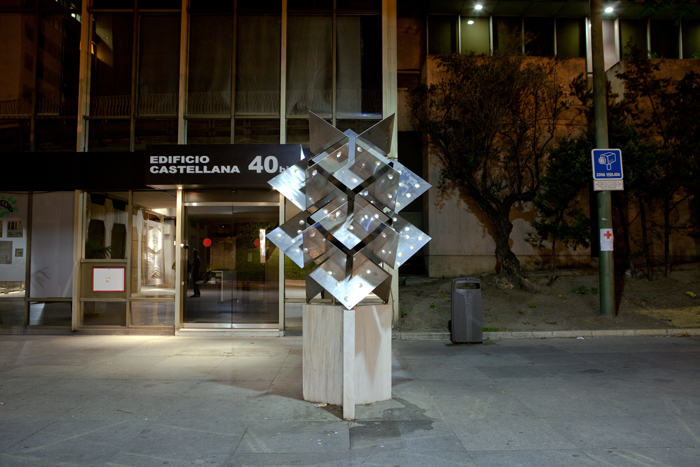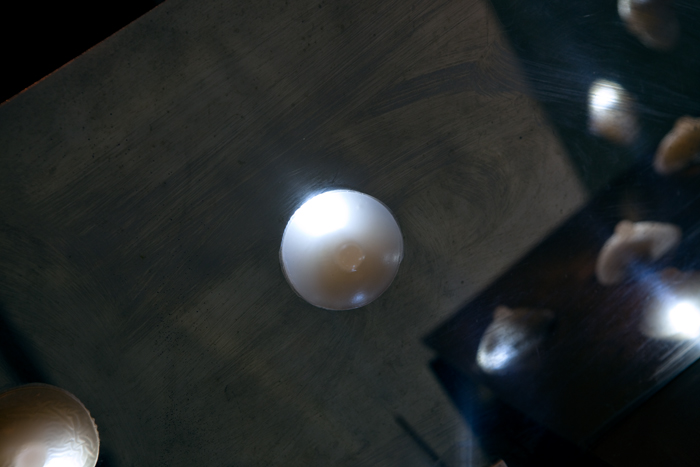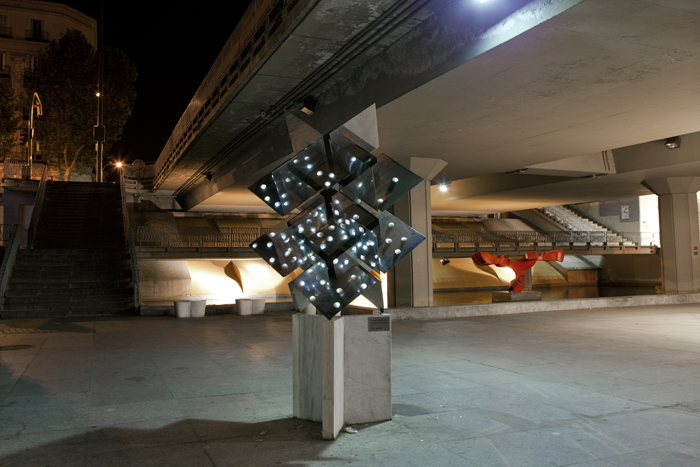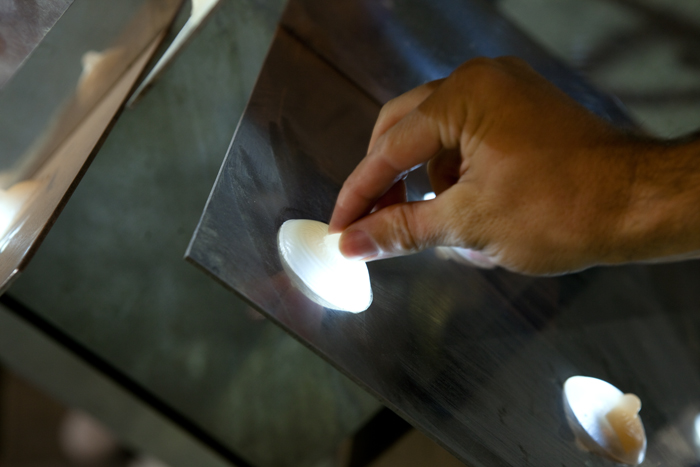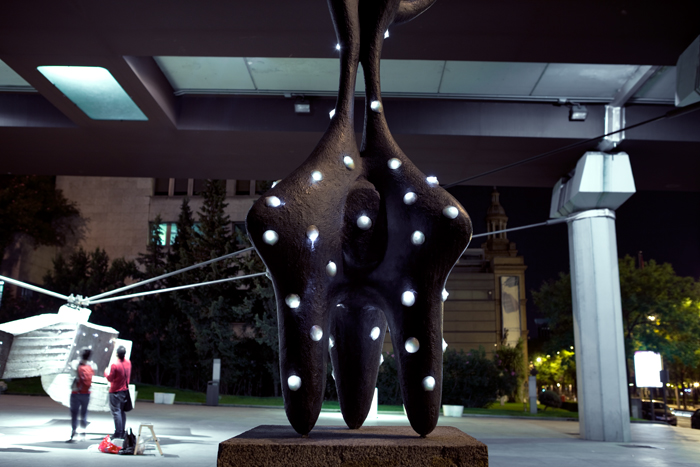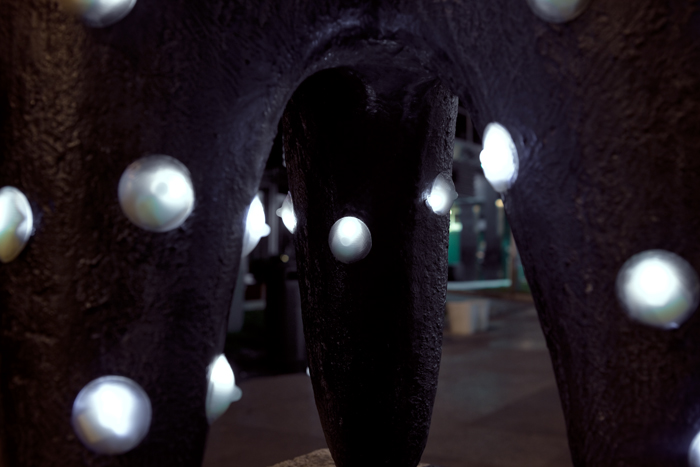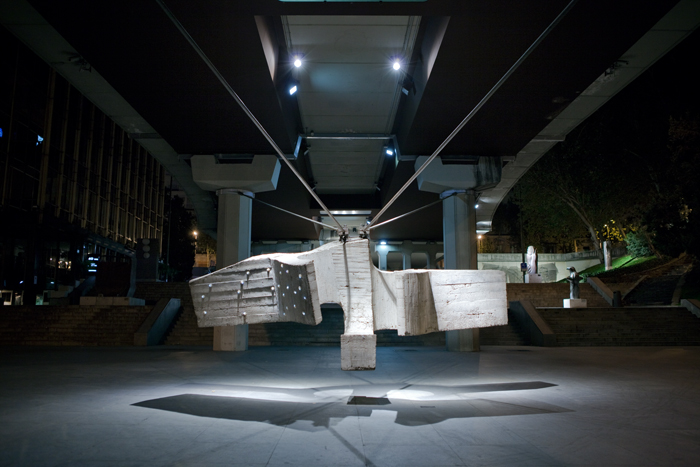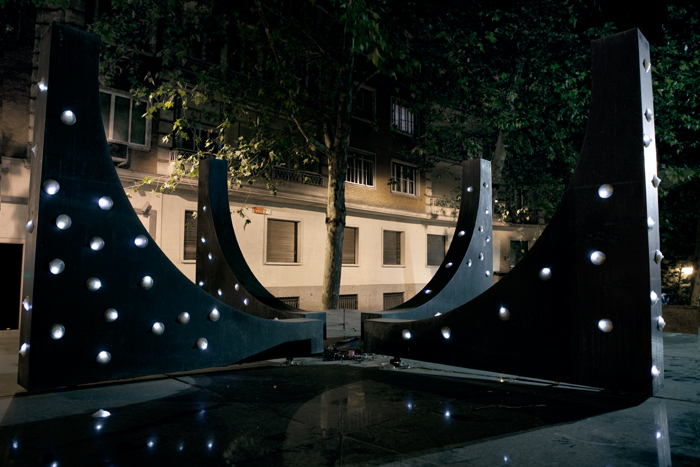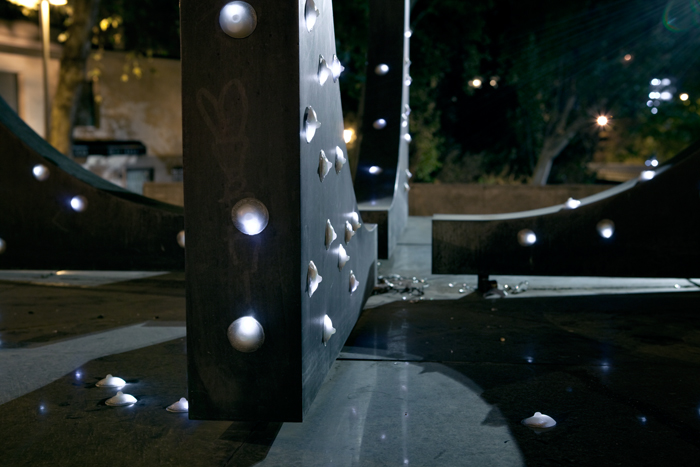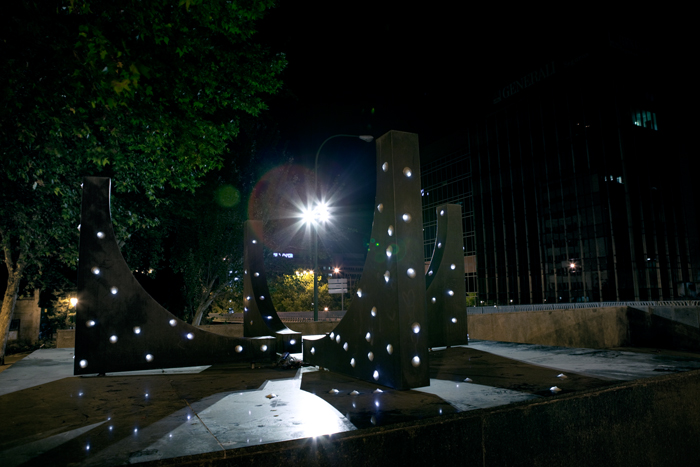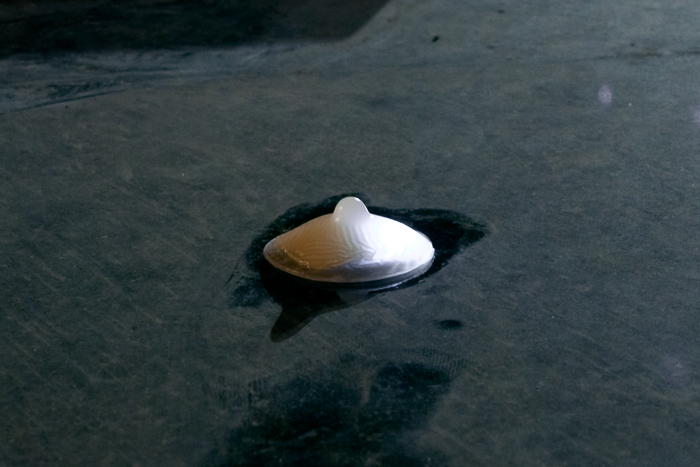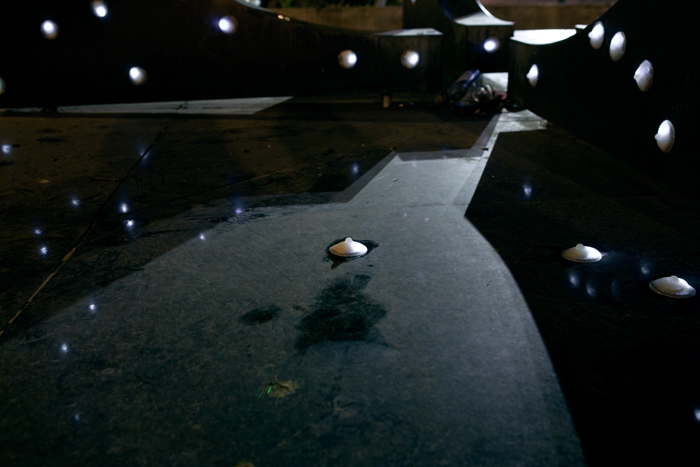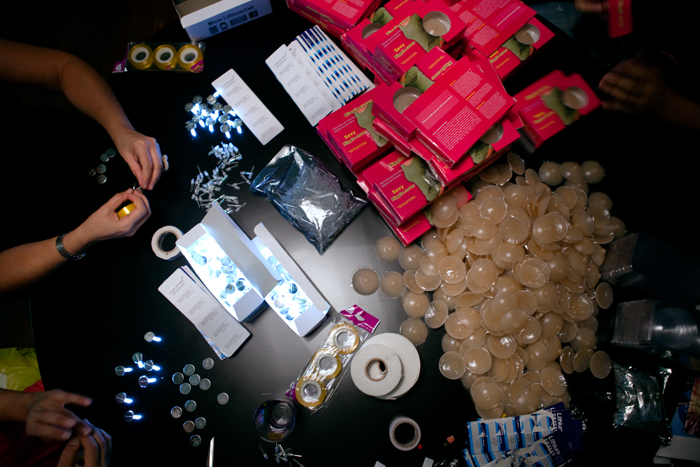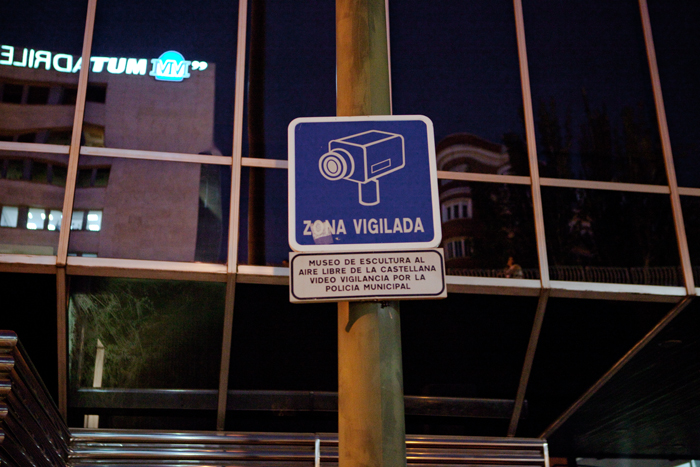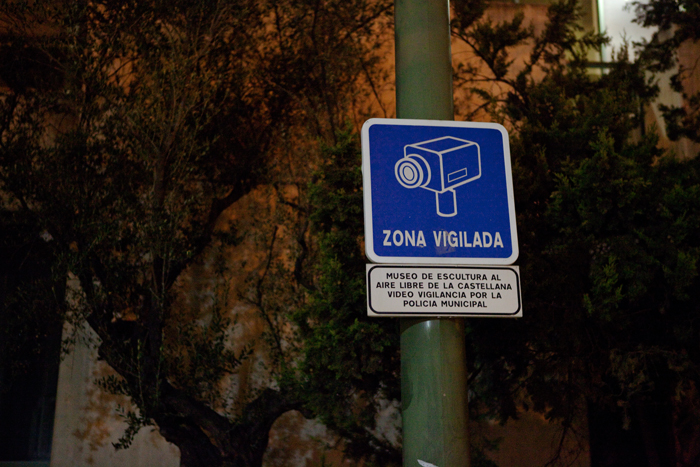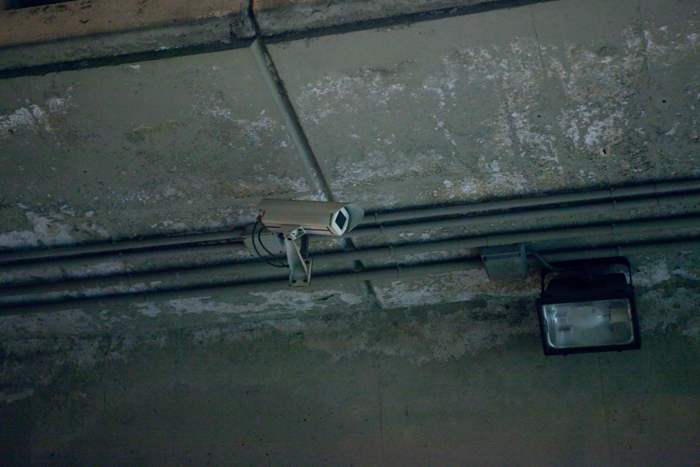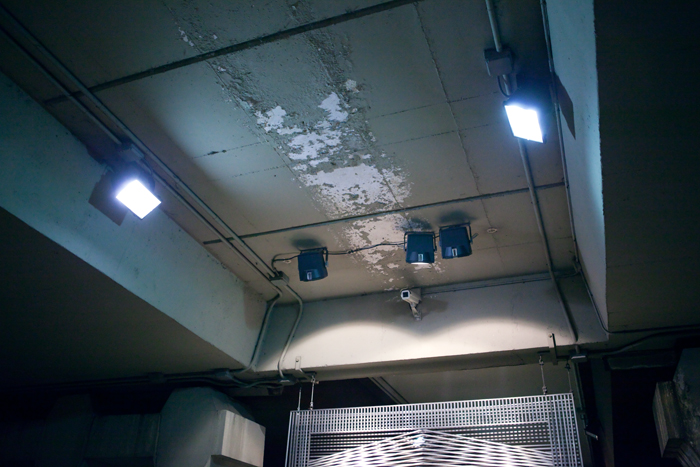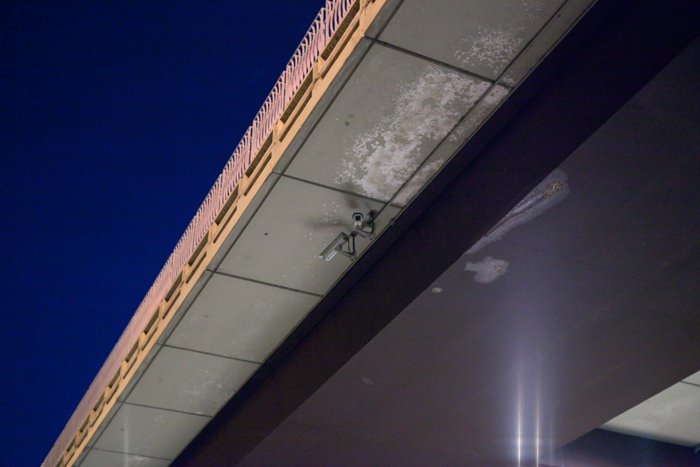Public Art that you fancy touching / Arte público que apetece tocar
El arte público tiene una buena representación en Madrid, multitud de estatuas y esculturas se pueden encontrar por toda la ciudad, pero a nosotros nos da la sensación de que han sido instaladas para que la gente no se sienta a gusto acercándose, tocando o interactuando con ellas. La mayoría están subidas a altos pedestales, se encuentran rodeadas de grandes medidas de seguridad o han sido plantadas en medio de jardines, en los que está prohibido pisar.
Un buen ejemplo de esta manera de entender el arte en la ciudad, es el Museo de Arte Público de Madrid, un espacio al aire libre en el que algunos de los más afamados artistas españoles de anteriores generaciones, exponen sus grandes piezas escultóricas.
A pesar de ser obras robustas y compactas, apropiadas para ser tocadas y usadas, son inaccesibles al público, excepto con la vista. Sus pedestales son altos, están iluminadas con potentes focos que las convierten en piezas poco confortables y como medida definitivamente disuasoria, están señalizadas con carteles que avisan de que el espacio se encuentra directamente vigilado por la policía municipal.
La madrugada del 26 de septiembre, decidimos abordar varias de las estatuas de dicho museo, colocando 400 pezones de silicona, de apariencia realista, y tacto agradable, similar al humano. Por supuesto, les añadimos luz, para llamar la atención sobre ellos.
La pieza se llamó ¡Toca!, ¡toca!, que no pasa nada… y con ella pretendimos, que los transeuntes que siempre caminan de paso por esta zona, de grandes oficinas y lujosas casas, adquirieran conciencia del entorno expositivo y se tomaran tiempo mirando y tocando sin reparo.
Mientras instalábamos, los trasnochadores que salían de las discotecas cercanas, atraídos por la luz que desprendían nuestros pezones, se acercaban y miraban sorprendidos estos curiosos objetos, tan ajenos a la fría superficie de las esculturas.
Y como si de un acto reflejo se tratara, nadie podían evitar acercar la mano y palpar su suave superficie, algunos despegaban las piezas que tenían más a mano, para hacerse con tan cálido botín, a pesar de lo vigilado y hostil del entorno.
Con este eficaz reclamo, conseguimos que la gente se acercara al arte que configura su paisaje cotidiano, en el que apenas reparan y que se dedicaran a observarlo y tocarlo con deleite.
No podemos evitar pensar, con cierto regocijo, en el destino final de estos pezones iluminados, seguro que la mayoría acabaron en la guantera de algún deportivo, ocultos en oscuros cajones de oficina, en los bolsillos del pantalón de algún ejecutivo o en los bolsos de marca de algunas señoras madrugadoras.
Esperemos que estos pezones sigan siendo tocados gustosamente por sus dueños, mientras se preguntan, qué demonios hacían pegados a la esculturas del puente… y cada vez que pasen por este particular museo, se paren a contemplar las piezas escultóricas, con una actitud más divertida y ludica.
Gracias a Cristina, Oscar y Alex por echarnos una mano en la instalación, y a los amigos de Canal Arte de Alemania, que nos acompañaron y documentaron el proceso, con tan buen ánimo y paciencia.
Cuando tengamos el vídeo del programa, lo dejaremos por aquí.
Fotos de Gustavo Sanabria.
Tiempo de montaje: 3 horas.
Daños ocasionados: 0.
Permanencia de la intervención: 6 horas?.
———————————————-
Public art is well represented in Madrid, a multitude of statues and sculptures can be found all over the city, but they give us the sensation that they have been installed in such a way as to make people feel uncomfortable approaching them, touching or interacting with them. The majority are placed on high pedestals, they are surrounded with many security measures or they have been placed in the middle of gardens, which are prohibited to step in.
A good example of this form of exposure to art in the city is the Museum of Public Art in Madrid, an open air space in which some of the most famous Spanish artists of previous generations display their great pieces of sculpture.
In spite of being robust and compact, appropriate to be touched and used, they are inaccessible to the public, except to view. Their pedestals are high, they are illuminated with powerful lights that convert them into slightly uncomfortable pieces and as a definitively deterrent measure, are posted with signs that warn that the space is under the direct surveillance of the municipal police.
The morning of the 26th of September, we decided to approach various statues of said museum, placing 400 silicone nipples, of realistic appearance, pleasant to touch and similar to those of humans.
The piece was called Touch! Touch! Nothing will happen… and with it we wanted the passers-by who always pass through this area, from big offices and luxurious houses, to become aware of the exhibitive environment and to take time to look and touch without shame.
While we were installing it, the night owls that came out of the nearby discos, attracted by the light that our nipples gave off, came closer and looked surprisedly at these curious objects, so alien to the cold surfaces of the sculptures.
And as if it were due to an act of reflex, nobody could avoid moving their hand closer and touching their soft surface, some of them unstuck the pieces that were closer at hand, to make off with such a warm prize, in spite of the surveillance and the hostility of the environment.
With this effective call, we got the people to approach the art that makes up their everyday environment, which they hardly notice, and devote some time to looking at it and touching it with delight.
We cannot avoid thinking, with a certain amount of glee, in the final destination of these illuminated nipples, sure that the majority will end up in the glove compartment of some sports car, hidden in some dark drawer of an office, in the trouser pockets of some executive or in the brand name handbags of some early rising women.
We hope that these nipples continue to be happily played with by their owners, while they ask themselves what the heck they were doing stuck to the sculptures on the bridge… and every time they pass by this particular museum, they stop to contemplate the pieces of sculpture, with a more fun and playful attitude.
Thanks to Cristina, Oscar and Alex for giving us a hand with the installation and the friends from the Art Channel of Germany that accompanied us and documented the process, with such good humor and patience.
When we have the video of the program we will post it here.
The photos are by Gustavo Sanabria
Time of installation: 3 hours.
Damages: none.
Exhibition time: 6 hours.

